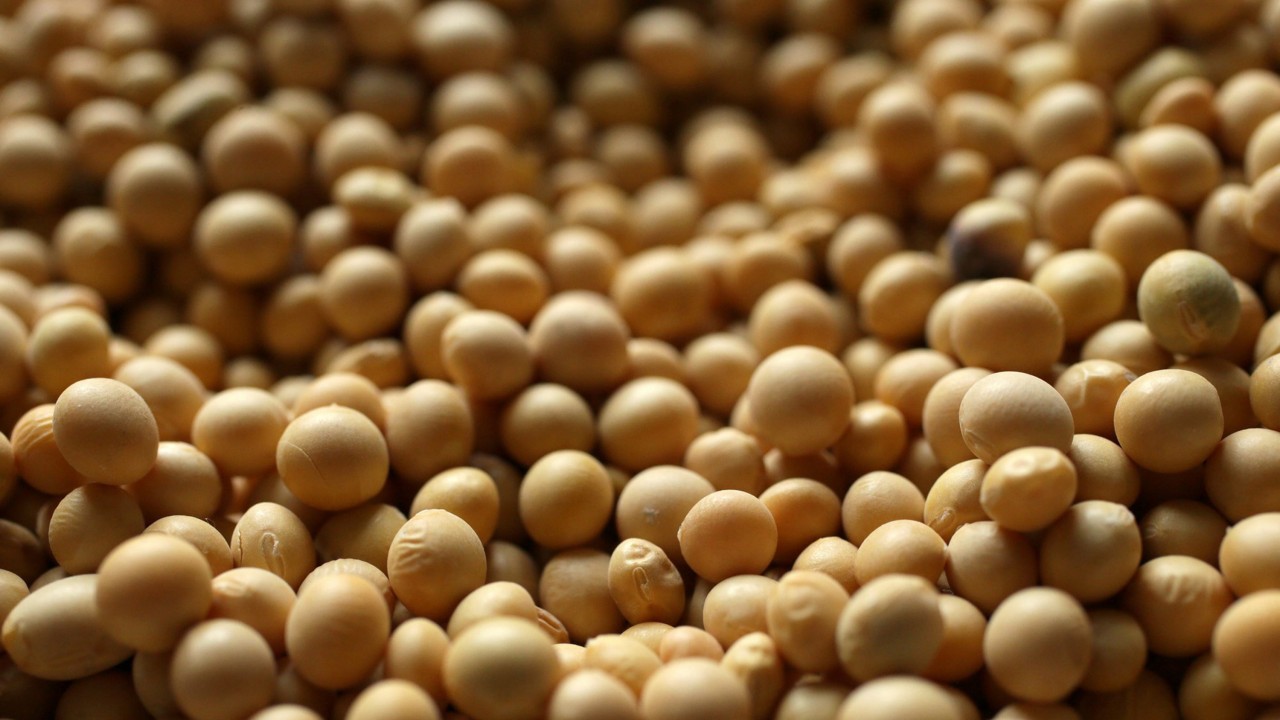USDA indicates higher-than-expected US soybean stocks

The April supply and demand report from the United States Department of Agriculture (USDA), released on the 11th, had little impact on the market due to specific changes and adjustments to the March report. Some points caught attention, such as the fact that the number indicated for Brazilian production remained at 155 mln tons, while the market expected, on average, something around 151.7 mln. This reveals the difficulty of estimating the real size of this season’s output, given the great divergences between research entities, such as Conab (National Supply Company), whose last estimate for production was at around 146.8 mln tons.
USDA indicated that the US soybean crop is expected to be 4.165 bln bushels in 2023/24, equivalent to 113.35 mln tons. Yield was indicated at 50.6 bushels per acre. The numbers were maintained compared to March.
Ending stocks are projected at 340 mln bushels or 9.25 mln tons. The market was betting on a carryover of 319 mln bushels or 8.68 mln tons. In March, the estimate was 315 bln bushels or 8.57 mln tons.
USDA projected a global soybean crop in 2023/24 of 396.73 mln tons. In March, the forecast was 396.85 mln. Ending stocks were reduced from 114.3 mln to 114.2 mln tons. The market expected 112.6 mln tons.
The Brazilian crop was projected at 155 mln tons, without changes. For Argentina, the production forecast is 50 mln tons, also unchanged. China is expected to import 105 mln tons, unchanged from the last report.
Brazilian soybean production in 2023/24 is expected to total 151.246 mln tons, a decrease of 4.2% from the previous season’s 157.83 mln tons. The estimate was released by Safras & Mercado.
On March 15, the date of the previous estimate, the projection was 148.601 mln tons. The increase over the previous forecast is 1.78%.
Safras indicates an increase of 2.1% in the area, estimated at 45.62 mln hectares. In 2022/23, planting occupied 44.68 mln hectares. The survey shows that average productivity should increase from 3,550 to 3,332 kilograms per hectare.
In the South, the highlight is the positive adjustment in the state of Rio Grande do Sul, with a large part of the crops showing excellent potential.
In the Midwest, the highlight is the increase in average productivity expected for the state of Mato Grosso, where crops sown and reaped later brought much better results than those sown early, benefiting from the improved climate from January onward. In Mato Grosso do Sul, a negative adjustment was made to average productivity, with some crops producing lower results than initially expected.
In the Southeast, the highlight is the reduction in the productive potential of the state of São Paulo, with part of the crops also showing lower-than-expected results. In the Northeast, the harvest progress in Bahia reveals that the state’s productive potential is better than expected, with a positive surprise in productivity.
Read also
Wheat in Southern Brazil Impacted by Dry Weather and Frosts
Oilseed Industry. Leaders and Strategies in the Times of a Great Change
Black Sea & Danube Region: Oilseed and Vegoil Markets Within Ongoing Transfor...
Serbia. The drought will cause extremely high losses for farmers this year
2023/24 Safrinha Corn in Brazil 91% Harvested
Write to us
Our manager will contact you soon



